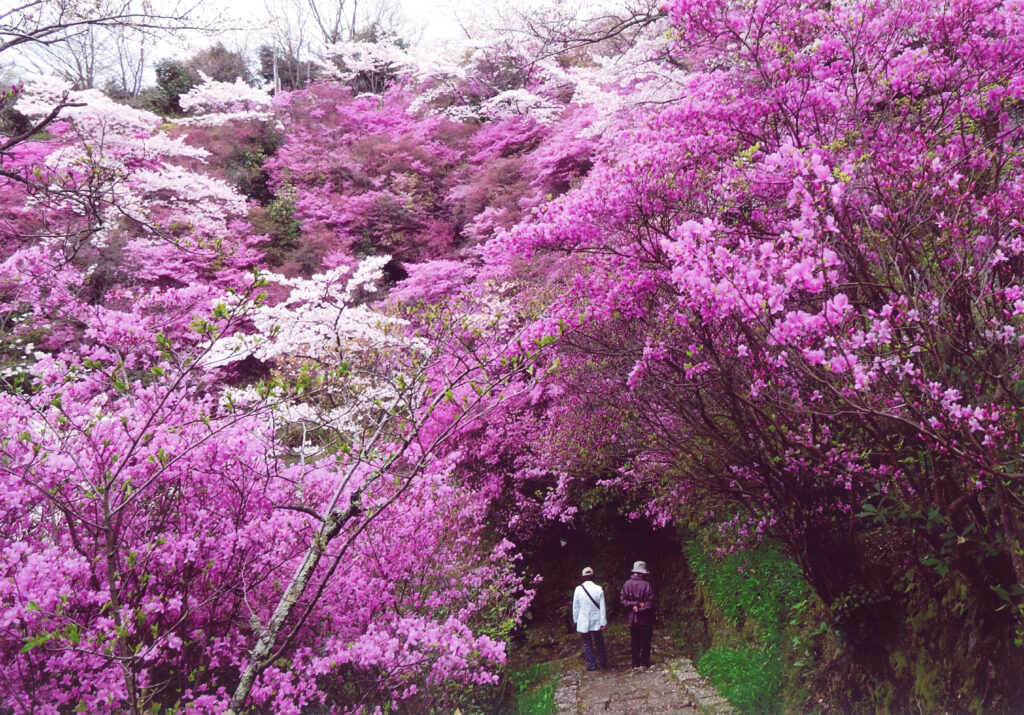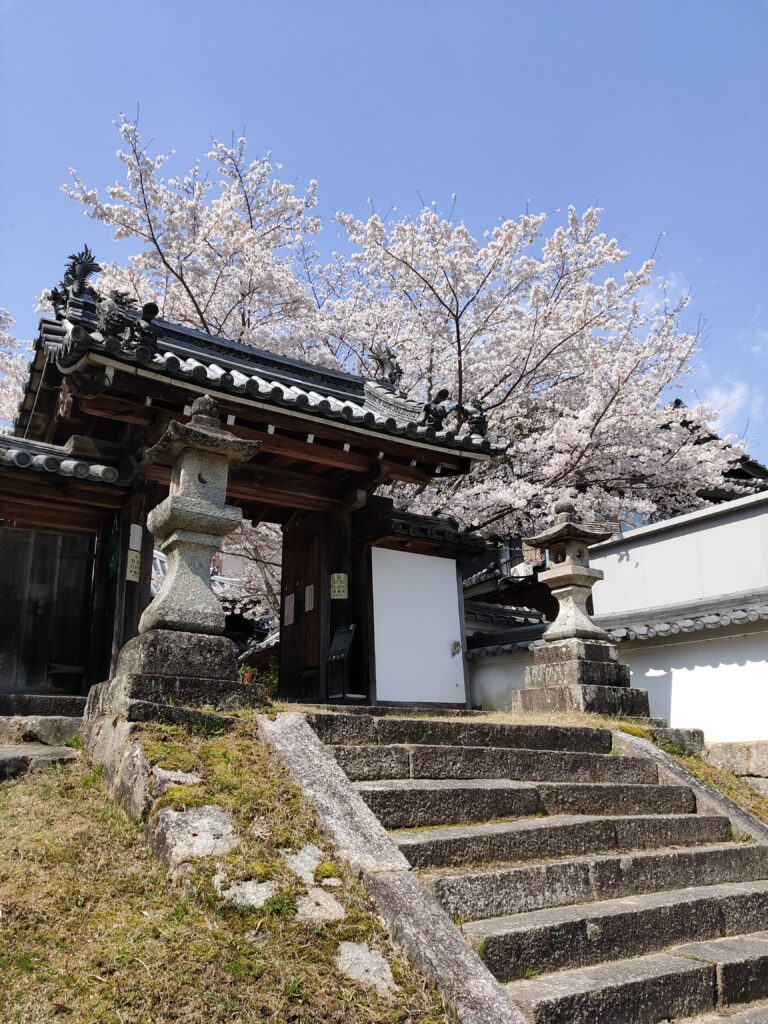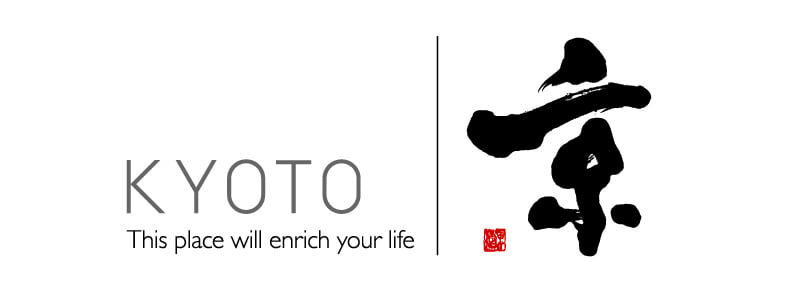Located in the mountains of the Tea infused region of Kyoto, just outskirts of Kizugawa city, Jindo-ji Temple is home to a many hidden treasures. The grounds turn various shades of pink and purple with cherry blossoms and azaleas which form a tunnel of flowers over the stone steps leading up to the bell tower in spring. The temple also houses numerous important cultural properties which can be seen via a guided tour with a priest.
Jindo-ji is said to have been built by Prince Shotoku in 596 and later prospered as a dojo for the Shugendo School of mountain asceticism. The mountain where it resides once was home to many temples but all were burned down in a fire with only Jindo-ji being rebuilt in 1406. It is said that the main statue of the temple was carved when the founder of Shugendo, En no Gyoja, while he practiced on the mountain.
Including the main hall (Zao-do), built in the Muromachi period, there are six important cultural properties in the storage: the wooden Fudo Myo-ou statue, the wooden Aizen Myo-ou sitting statue, the wooden Amida Nyorai sitting statue, the Bishamon Ten standing statue, the Nikko Bosatsu statue, and the Gekko (Moonlight) Bodhisattva statue.
It is recommended you walk to the temple from Tanakura station on the JR Nara line so you can enjoy the view of the tea fields and refreshing mountain air.
- Tel
- 0774-86-2161
- Address
- 112 Fusedani, Jindoji, Yamashiro-cho, Kizugawa City, Kyoto Prefecture
- Access
- 10 minutes by car from "Tanakura" station on the JR Nara line (about 40 minutes on foot) or 20 minutes by car from "Shin-Housono" station on the Kintetsu Kyoto line
- Business Hours
- 9:00 am to 5:00 pm (open until 4:00 pm in winter)
No closing days - Parking
- Parking Available: 5 spaces (The large buses can be parked about 10 minutes down the road)





